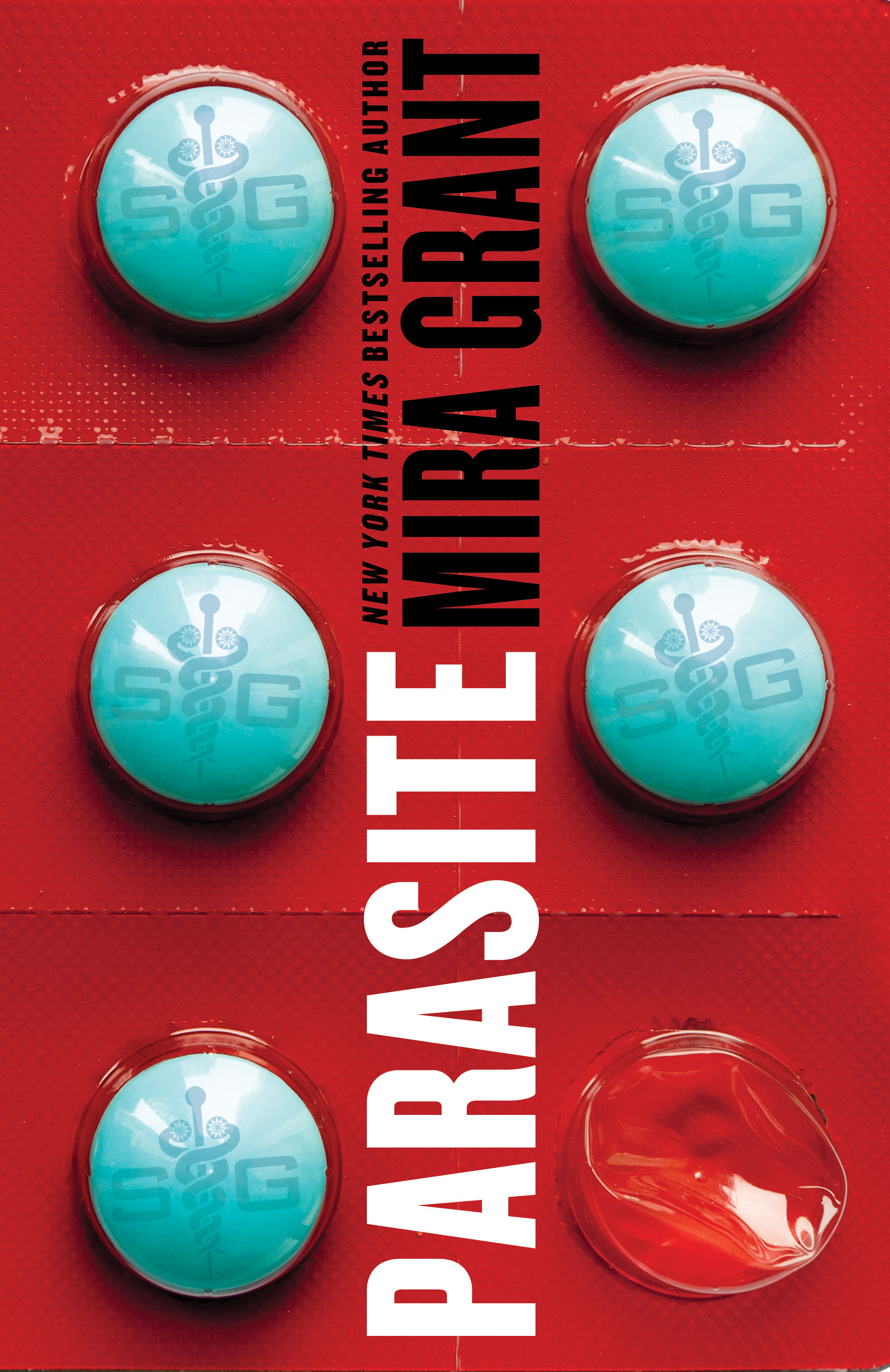written by David Steffen
Another Hugo category, this one for Hugo Dramatic Long Form, which usually means feature films. Three of them are repeats from the Ray Bradbury award that I’ve already reviewed this year, so those three are pretty much the same review text. I look forward to these every year because I don’t have time for a lot of movies, but I can use this as a quick-start guide for the year’s notable movies. Since movies are such a popular form, the category gets a ton of votes, so is an even better representation of SF fan tastes than most.
1. Iron Man 3, screenplay by Drew Pearce & Shane Black, directed by Shane Black (Marvel Studios; DMG Entertainment; Paramount Pictures)
This movie takes place after The Avengers that was released the year before, when Tony Stark/Iron Man played a pivotal role in closing the wormhole that had opened above New York City to let an alien army attack Earth. In the wake of the attack, Stark is having increasingly frequent anxiety attacks and finds himself unable to sleep most nights–instead tinkering obsessively in his lab. To good effect since he’s finished making a suit that responds to mental commands and can seek him out wherever he needs it.
As if on cue, a new villain has arisen–the Mandarin, a terrorist leader who takes over the air waves to publicize each new symbolic but powerful attack on American interests, hell-bent on making symbolic strikes against the US. Stark’s chief of security is injured in an attack by an unknown with unexplained explosive abilities and although Stark is no longer in the weapons business, he’s not against using Iron Man for a personal vendetta, and he makes a public threat against the Mandarin.
As with the other two Iron Man movies and his role in The Avengers, the writing for Tony Stark’s character is half the fun. He is doing his best to do the right thing, but even so he always has some kind of snarky comment for both the good guys and the bad except when he’s too winded to say anything.
There are some good twists and turns in the movie, some major ones I didn’t even catch a hint of before they happened that were really great. Of course a Marvel superhero movie is going to have action, but this one brought it in spades–that final fight scene (more of a series of interconnected fight scenes I guess) is amazing, kept me on my toes throughout the whole thing.
Although some of the other movies nominated this year were more thoughtful pieces, a well executed Marvel blockbuster is one of my favorite kinds of movie.
2. Gravity, written by Alfonso CuarÃ�’ �n & JonÃ�’ �s CuarÃ�’ �n, directed by Alfonso CuarÃ�’ �n (Esperanto Filmoj; Heyday Films; Warner Bros.)
Bio-medical engineer Dr. Ryan Stone (a woman, despite the name) is on an orbital mission with NASA to insert a processing board in a satellite. After a collision with debris from a destroyed Russian satellite, she’s left tethered to astronaut Matt Kowalski with the rest of the crew dead and no contact with Mission Control. Kowalski had been testing a thruster pack at the time of the accident, so they use the pack to head toward the International Space Station with the aim to use their escape pod to return to Earth.
This movie got a lot of Oscar nominations, and won seven awards this year. I can see why, it’s exciting, well written, well acted. And I admit it’s good to see a space movie take such mainstream honors, maybe it’s a sign that the general public is showing some interest in space travel again. This could easily have made #1 on my list, Iron Man 3 just happened to top it because a well-executed Marvel movie is tough to beat.
3. The Hunger Games: Catching Fire, screenplay by Simon Beaufoy & Michael Arndt, directed by Francis Lawrence (Color Force; Lionsgate)
This is the second movie in the trilogy, based on the trilogy of books by Suzanne Collins.
The first story (spoiler alert), The Hunger Games, was about Katniss Everdeen taking her sister’s place in The Hunger Games, a brutal Coliseum kind of fight in which a young man and young woman picked from each of the twelve districts under the rule of the dictatorial capitol are placed in a ring to fight until only one survivor remains. Katniss and Peeta broke the rules in a very public way, when they were the only two contenders remaining, by threatening to commit mutual suicide rather than kill each other.
This movie continues where the last one left off. This show of resistance against the Capitol’s rules has caused rebellions to break out in the districts. The media played this out as being due to their hopeless love for one another, but many people aren’t buying it. Katniss and Peeta must tour the districts and show their supposedly undying love for each other, and read the scripts they’re given. Anything they do might cause more rebellion. And then the drawing for this year’s Hunger Games occurs, but only after an announcement that this year the rules are different to mark the 75th anniversary of the games: only previous champions will be eligible. Katniss is the only female champion of District Twelve, so she knows immediately that she will be going back in the games.
This was my favorite book in the trilogy of books, and I thought the movie did a great job of backing it up. Still great casting all around, great writing, great acting, great special effects, good everything. No complaints whatsoever. I would happily have put this at the top of the list, but it was just stiff competition in this group.
4. Frozen,screenplay by Jennifer Lee, directed by Chris Buck & Jennifer Lee (Walt Disney Studios)
Elsa and Anna, sisters and princesses, are very close friends as children, and especially love to play in the snow… inside their castle with Elsa’s magical ability to generate frost and snow at will. But one day as they’re playing, Elsa accidentally injures Anna with her power. Their parents call for the help of the Troll King to heal her. As part of the healing process the Troll King erases Anna’s memory of her sister’s powers. As a precaution, their parents seal up the castle and keep the girls inside until Elsa learns to control her powers. Elsa is terrified of hurting her sister again, and so spends most of her time alone in her room, driving a wedge between the girls who had been so close in their childhood.
The girls grow into teenagers, their parents die at sea, and a coronation is scheduled for Elsa. Anna is excited to finally see the outside world after being sealed up for so long. Elsa, on the other hand, is only more terrified that she’ll have to go out into public where her powers might get away from her again. In the excitement of the party and events that surround her, Elsa’s powers do get out of control again and she drops the country into an apparently unending winter when it’s supposed to be summer (well, that’s what the movie makes it out to be though I’m not sure how you can call it unending when less than a day has passed). Elsa flees into the mountains and so it’s up to Anna to go find her sister in the hopes that she can help Elsa calm down and let the summer come back again.
This movie had a ton of hype surrounding it. It seemed like everyone I knew was talking about it, the songs were getting play all over the place, and quite a few people I knew billed it as the best Disney movie in a long long time. I do like to see hyped movies to get an idea of what it’s all about, so I’m glad I did. In this case, I didn’t really get why it got the attention it did. It was an enjoyable movie. I thought Anna was a very appealing main character, and I do like the recent trend that Disney princesses can be more active characters, who can be the heroes of their own story. But apart from that aspect, I didn’t think it was really much different than dozens of other Disney movies and other kid’s movies. The songs were fine, but I didn’t find them to be earworms–tons of other movies have gotten tunes stuck in my head, but this one hasn’t plagued me. I’d certainly recommend seeing the movie if you get the chance, but I can’t say it’s really any more than your average Disney movie, and there are plenty of other Disney movies I’d recommend before this one.
5. Pacific Rim, screenplay by Travis Beacham & Guillermo del Toro, directed by Guillermo del Toro (Legendary Pictures, Warner Bros., Disney Double Dare You)
In the near future, giant monsters start appearing from the depths of the Pacific Ocean and destroying coastal cities. The first few are killed by local military forces but when more and more of the monsters (Kaiju as they’re called) appear it becomes increasingly clear that this strategy won’t work for long. The nations of the world band together to face this threat, and invent the Jaeger project. Jaegers are mechsuits as tall as skyscrapers which are controlled by two pilots whose minds are intertwined to distribute the neural strain of the piloting. These are very effective for a time, but the Kaiju are getting bigger, getting smarter, and now the Jaegers have been discontinued in favor of a coastal wall. There are only a few of the Jaegers left, and the project is in its dying gasps, but when the wall turns out to be ineffective the Jaegers are the only option.
Most of the information in the last paragraph is conveyed in the first few minutes of the movie. It seemed like this movie was kind of a sequel to a movie that had never been written–that opening sequence was clumsy, but I guess it served its purpose. The movie as a whole was exactly what is said on the tin. Giant human-controlled mechsuits fighting giant monsters. I heard a lot of hype about this movie when it came out but I admit that seeing it now I don’t understand what all the fuss was about. The special effects were good, but only SyFy makes bad special effects anymore, so that’s not enough to carry a movie by itself. The acting was good. The writing was pretty good, though some of the action sequences made little sense (why not pull out the badass weaponry at the start of a fight instead of at the end). But none of it really stands out from all the other effects-heavy SF movies of the last few years.
I did have some plausibility issues, mostly regarding the need for two pilots to distribute the neural load. What neural load? The suits are shaped like humans and move like humans, with the exception of the add-on weaponry. You should be able to pilot them by basic motion capture like the motion capture used to make this movie. It shouldn’t even require a neural interface.
“Wait, wait,” I said as I watched the movie and the computer voice narrating the technical actions spoke, “Is the voice of the computer the voice of GLaDOS? From Portal?” And sure enough, it turns out that moviemaker Guillermo del Toro is a fan of Portal and he sought out Ellen McLain who voiced GLaDOS for a cameo appearance. Of course in this case she really is just a computer voice not a mad scientist superpowerful mainframe AI voice.


 In the near future, The American medical corporation
In the near future, The American medical corporation 
 Prolific Science Fiction-Detective-Humor writer Richard Zwicker has sold thirty stories to twenty-two markets in five and a half years. That’s a sale about every two months. How does he do it?
Prolific Science Fiction-Detective-Humor writer Richard Zwicker has sold thirty stories to twenty-two markets in five and a half years. That’s a sale about every two months. How does he do it? Carl Slaughter is a man of the world. For the last decade, he has traveled the globe as an ESL teacher in 17 countries on 3 continents, collecting souvenir paintings from China, Korea, Thailand, Vietnam, and Egypt, as well as dresses from Egypt, and masks from Kenya, along the way. He spends a ridiculous amount of time and an alarming amount of money in bookstores. He has a large ESL book review website, an exhaustive FAQ about teaching English in China, and a collection of 75 English language newspapers from 15 countries.
Carl Slaughter is a man of the world. For the last decade, he has traveled the globe as an ESL teacher in 17 countries on 3 continents, collecting souvenir paintings from China, Korea, Thailand, Vietnam, and Egypt, as well as dresses from Egypt, and masks from Kenya, along the way. He spends a ridiculous amount of time and an alarming amount of money in bookstores. He has a large ESL book review website, an exhaustive FAQ about teaching English in China, and a collection of 75 English language newspapers from 15 countries. Damien Angelica Walters’ work has appeared or is forthcoming in various magazines and anthologies, including
Damien Angelica Walters’ work has appeared or is forthcoming in various magazines and anthologies, including